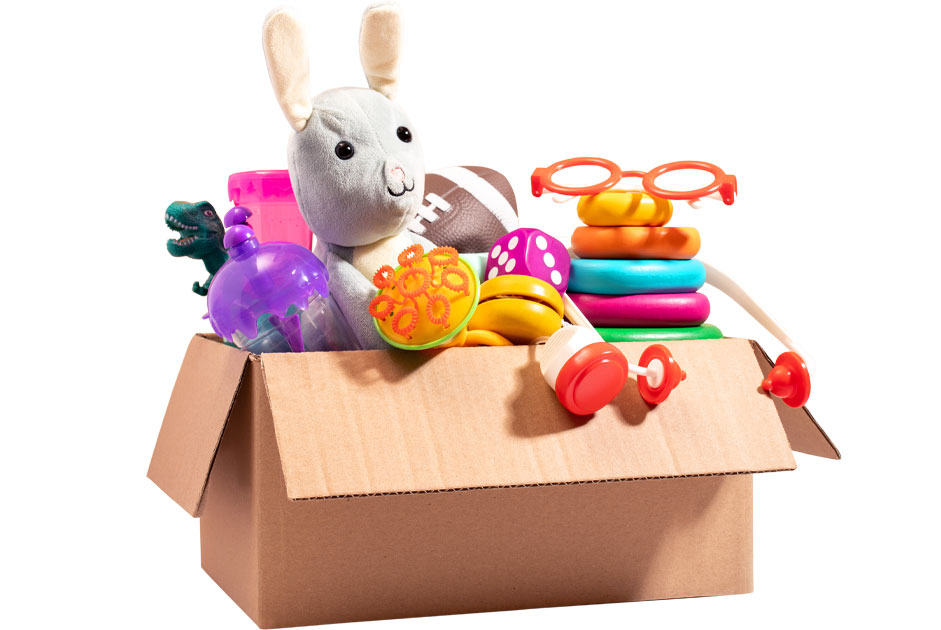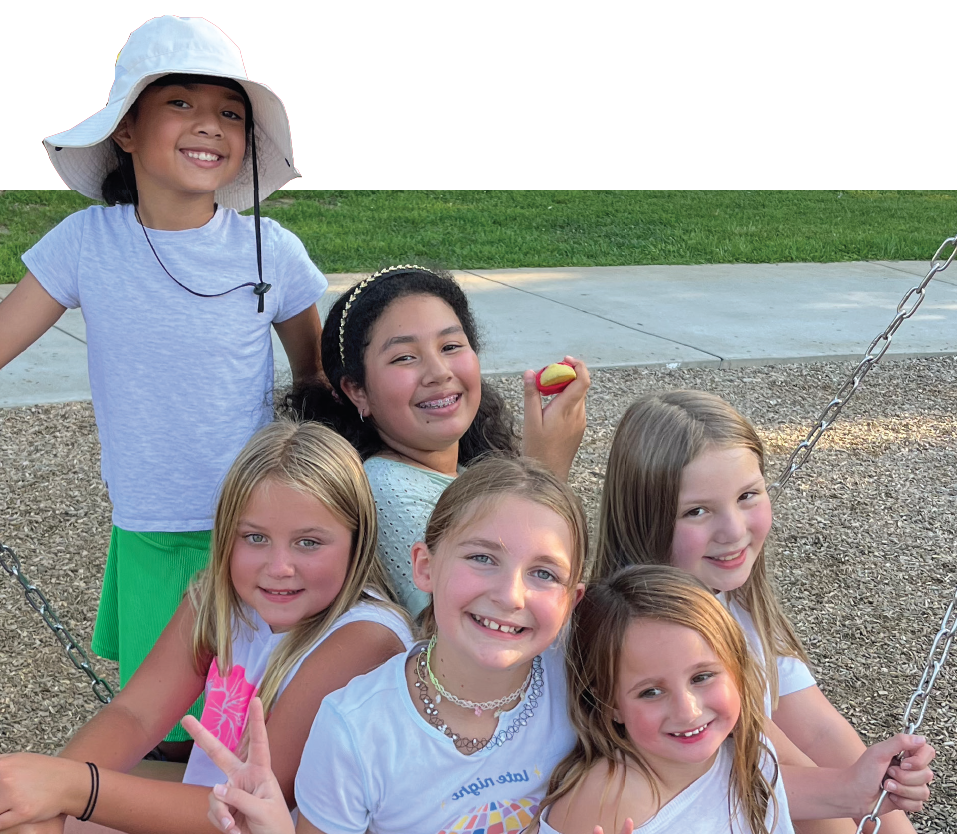Each month, this series introduces fun and impactful healthy habits to help families with kids and teens prioritize physical, mental and spiritual well being – fostering a lifestyle of shared growth and lifelong wellness. Healthy habits built together are the ones that last a lifetime.
Gratitude is transformative and, when the practice of it becomes a habit in our lives, it is proven to strengthen positive outlooks while connecting us more deeply to relationships and our priorities in life. When the world around us can seem unpredictable and chaotic at times, gratitude is what helps ground us to what matters most and how to find the light in the dark.
Why Gratitude Matters in Raising Happy, Present Kids
Most adults agree that the pressure of growing up in today’s world carries with it a different set of stress and risk that simply wasn’t present in their own experiences during youth. The pressures of social media-driven peer comparison, demanding school schedules, extracurricular commitments, real-world challenges and other common stressors are contributing to a seriously troubling rise in depression, eating disorders and suicidal thoughts among children and teenagers.
Introducing the practice of gratitude is proven to improve mental health by promoting resilience and reducing stress as well as anxiety. Parents have an opportunity to lay the groundwork for better emotional intelligence and grounding tools for their kids to utilize into adulthood.
Making Gratitude Fun & Impactful
Adopting different gratitude techniques can help define their personal healing and emotional regulation as they go through life. When kids are given space to recognize what feels authentic for themselves when it comes to practicing gratitude, that’s where the real difference comes in. Explore different activities, conversations and habits around gratitude, so your children can have visibility to different practices and see what they connect to most.
Here are a few simple ideas to nurture the new norm of practicing gratitude this month:
#1 Family Gratitude Jar
Grab an old mason jar or another container and place it in a common area of the home. Be sure to leave small slips of paper and a pen or colored marker nearby. Encourage your family to participate in adding moments or things they are grateful for throughout the week by writing them out on the slips of paper and putting them inside the jar. You can choose to share these at the end of each month or quarter!
#2 Gratitude Walks
Incorporating movement into your gratitude practice can be helpful to eliminate feelings of awkwardness while allowing for a change of scenery to spark inspiration. Set a schedule for a gratitude walk each week for the whole family where you encourage sharing small things they are grateful for as you walk. This could be the beautiful weather, a bird song they hear nearby or something that happened at school earlier that day.
#3 Dinnertime Gratitude Talks
Simplicity is key for some families, and creating a small gratitude sharing moment at the dinner table each evening may be the key to forming a habit. Before everyone is excused from the table and ready to start cleaning up, go around and share one thing for which each of you is feeling grateful. You could let the kids create a theme or category for the evening and answers would pair with it.
Creating Practices That Last a Lifetime
A shared goal from parents and caregivers is to give the children in our lives the best chance at a fulfilling life. When you introduce the practice of gratitude, it’s not about forcing kids to be grateful, it’s about shifting their perspective in ways that foster well being.
As you begin adopting small practices into your family’s routine each week, concentrate on the tiny moments of reflection and connection. Focus on slowly building these practices into a habit between yourself, your children and the things you are grateful for and, over time, you’ll see not only the benefits for your family but the second nature of this habit come into place, as well.



















